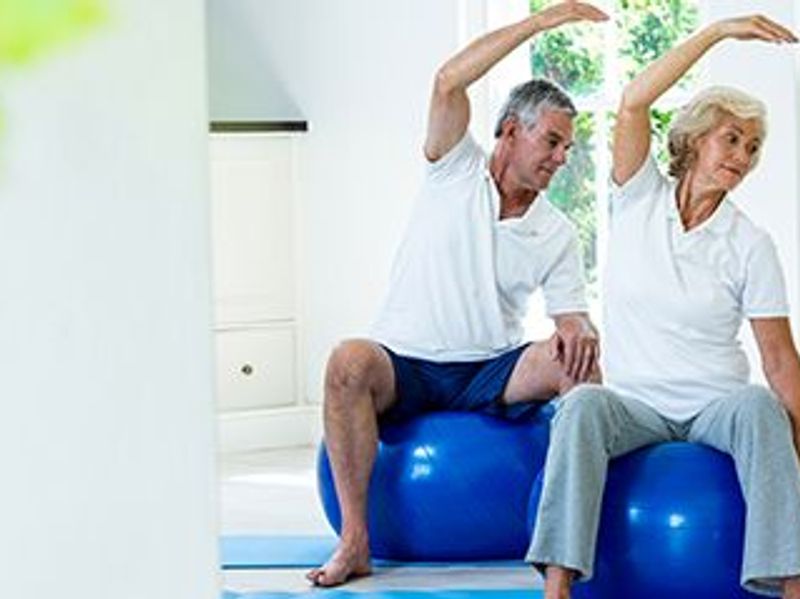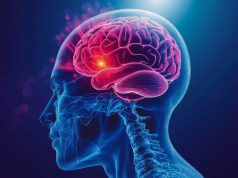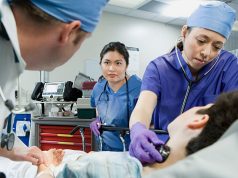Trained model accurately decomposed rehab activities into elemental function motions, outperformed ML models
TUESDAY, June 21, 2022 (HealthDay News) — A digital tool is effective for identifying and counting the number of arm motions performed during rehabilitation exercises among stroke patients, according to a study published online June 16 in PLOS Digital Health.
Noting that no practical tools exist to measure the quantity of functional motions in humans during rehabilitation training, Avinash Parnandi, Ph.D., from New York University Langone Health in New York City, and colleagues presented the Primitive Sequencing pipeline (PrimSeq) to classify and count functional motions trained in stroke rehabilitation in humans. Wearable sensors to capture upper-body motion were integrated with a deep learning model to predict motion sequences and an algorithm to tally motions. Functional motion was recorded and labeled from 41 chronic stroke patients with upper-extremity paresis.
The researchers found that the trained model accurately decomposed rehabilitation activities into elemental functional motions and outperformed machine learning models. These motions were further quantified at a fraction of the time and costs of human experts. The capabilities of PrimSeq were demonstrated in previously unseen stroke patients with a range of upper-extremity motor impairment.
“As our research seeks to find optimal levels of training intensity needed for recovery, I would assert that our tool is very promising for clinical use, since the alternative is not having accurate counts at all,” a coauthor said in a statement. “If further experiments prove successful, we will of course be testing the system in clinical trials.”
The study was funded by the American Heart Association/Amazon Web Service.
Copyright © 2022 HealthDay. All rights reserved.








